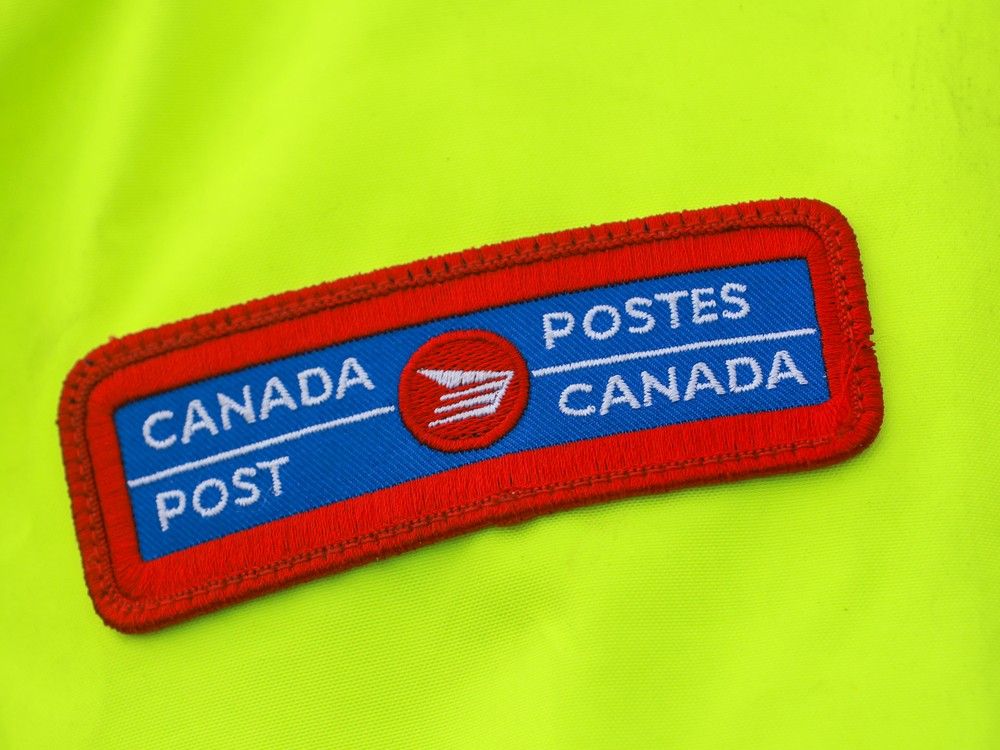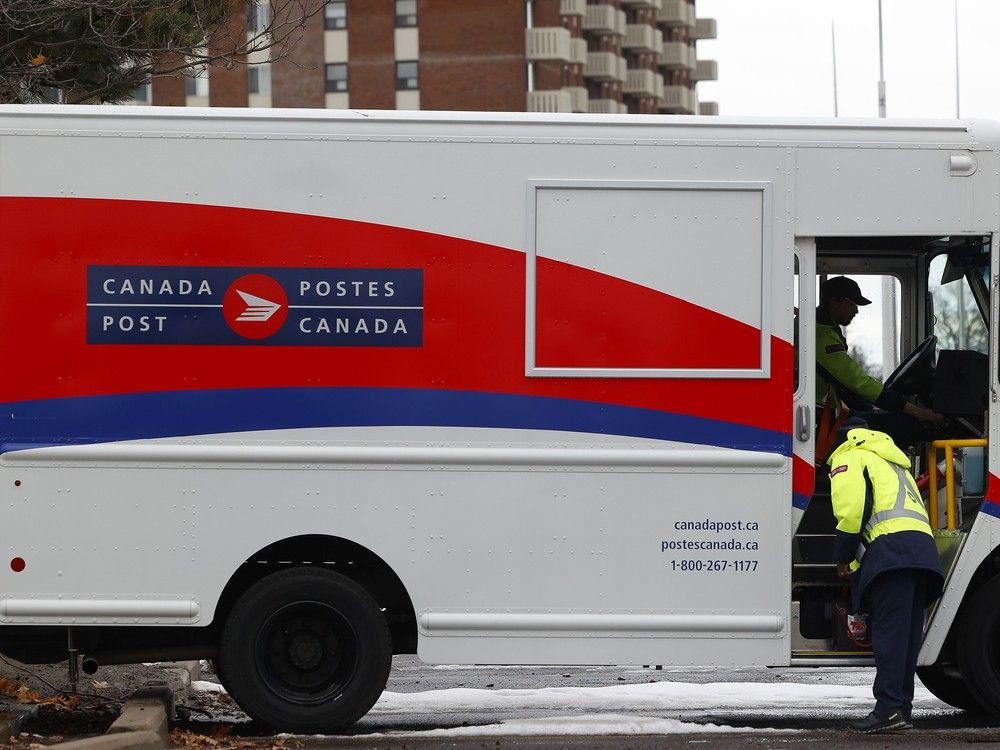
As negotiations continue between the Canadian Union of Postal Workers (CUPW) and the Canada Post, the corporation revealed its operating loss for 2024 was nearly $1.3 billion.
“Outdated operating, regulatory and policy constraints are limiting our ability to adapt to the changing needs of the country. At the same time, letter mail continues to decline and competition has rapidly intensified in e-commerce delivery,” which has pushed it to “a crisis point,”
.
Canada Post called its financial situation “unsustainable” and said the future of the national postal system was at risk.
The 2024 annual report was released on Wednesday, the same day Canada Post presented
“final offers” to CUPW’s bargaining units
, Urban Postal Operation and the Rural and Suburban Mail Carriers. The two parties have been negotiating since before last November, when
Canada Post employees went on strike for 32 days
. They were ordered back to work by the Canada Industrial Relations Board at the request of then minister of labour Steven MacKinnon. The collective agreements for both units were then extended to May 22.
Canada Post, union disagree over taking ‘five-minute wash-up time.’ Here’s what it is
With little progress made in talks with the Crown Corporation since December, the union gave notice of a strike with a May 23 deadline. However, rather than a full-on strike, the union decided to implement
, calling on its members to refuse to work more than eight hours a day or forty hours a week.
After receiving strike notice on May 19, Canada Post said it “recorded
more than $3 billion in losses before tax
” since 2018. In early 2025, the government announced repayable funding of up to $1.034 billion for Canada Post to prevent insolvency.
This week, Canada Post’s annual report showed it was at an $841 million loss before tax. The corporation indicated that the November 2024 strike, which lasted until Dec. 17, had a major impact and “contributed $208 million to the company’s loss,” with revenue falling “much more” than costs during that period.
Parcels revenue declined by $683 million “due to the strike and intense competition” in 2024, according to Canada Post. There were 56 million fewer pieces in 2024 compared to the previous year, it said.
“Many customers who turned to other carriers for their shipments (during last year’s strike) have not yet returned to Canada Post – and that’s expected to have a financial impact well into 2025 and beyond,” said Canada Post in a news release on Wednesday.
The company also said it has been impacted by the decline in letter mail, which has been steadily trending downward for 20 years. In 2006, Canada Post delivered 5.5 billion letters. Last year, it delivered two billion. The delivery costs are rising as the amount of new addresses increases, making it “unsustainable” to continue delivering fewer letters to more addresses. The corporation said its focus will shift to parcel delivery, as e-commerce continues to grow.
However, this pivot is in direct conflict with the collective agreements it has with CUPW, which “contain pages and pages of requirements and restrictions that were added decades ago” when Canada Post was “focused on delivering a large and steady stream of mail,” it said.
The corporation clarified: “It’s our outdated delivery model and workplace rules – not our employees – that hold us back.”

The union’s national president Jan Simpson responded to the annual report in
later on Wednesday. She said that the Canada Post’s report left out “many important details that don’t support its own message.”
She said the report doesn’t address its “failure to raise stamp rates before 2025, even though every other major postal operator raised rates significantly between 2018-2023.” It also doesn’t include how much of the losses since 2018 resulted from costs related to the COVID pandemic, she said.
The union maintains that the “best way to right the Corporation’s finances is by negotiating ratifiable collective agreements that will help grow parcel volumes, expand services and secure Canada Post’s position as the important public service provider that it is.”
The union said in a separate
that it had received Canada Post’s latest offers.
“There are almost no changes from what the Employer
,” when the corporation presented offers after receiving strike notice, the union said.
The union called out the corporation for refusing to budge on contentious issues, such as part-time staffing and weekend delivery, as well as load-levelling (spreading out the processing and delivery of mail) and dynamic routing (optimizing delivery routes).
“These have been the most challenging issues on the table this round, and now, Canada Post insists that they must be in the next collective agreements,” per the union.
The latest offers did not provide improvements on the current wage proposal — a cumulative increase of nearly 14 per cent over four years — or include changes to the short-term disability program “that would have helped both parties,” the union said.
CUPW concluded: “Canada Post says this was its final offer. But this fight is far from over.”
While negotiations continue, the overtime ban remains in effect.
Our website is the place for the latest breaking news, exclusive scoops, longreads and provocative commentary. Please bookmark nationalpost.com and sign up for our daily newsletter, Posted, here.
